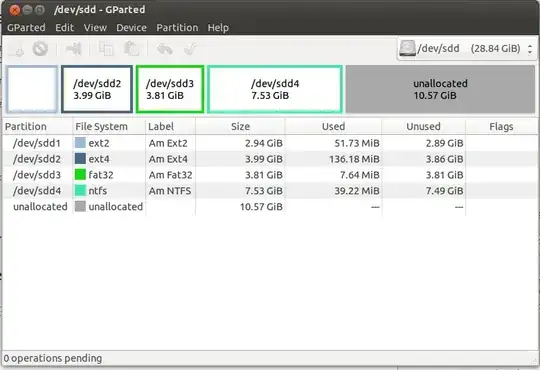You can have several file systems on your hard drive, each one on their own partition. For example:

In this image we can see a hard drive (SDD) which has 4 partitions:
sdd1 - Which holds an ext2 filesystem partition.
sdd2 - Which holds an ext4 filesystem partition.
sdd3 - Which holds an Fat32 filesystem partition.
sdd4 - Which holds an NTFS filesystem partition.
As you can see, we have 4 filesystems on the same hard drive, each one on their own partition. What you can't have is 2 filesystems on the same partition, since a partition gets assign a particular filesystem (One filesystem to rule the whole partition).
I am showing you 4 here since this is the max partitions a single hard drive can have as primary. This is only true for MSDOS Partition Schemes. If you use GPT you can have as many as 128 primary partitions.
If you stay on the MSDOS Partition Scheme and still want more than 4 partitions, then you would create what is called a Logical or Extended partition, which holds more partitions inside of it and takes 1 from the total number of primary partitions. So you can have for example 3 primary partitions and 1 logical partition which holds 4 more partitions inside of it.
You could even get to a crazy point like this:



It's my understand that you can't have two different filesystems (NTFS and ext4) on the same hard drive. I don't know where you got that from, but it's wrong. Check this question. Also, visitubuntu.com. – Alex Apr 17 '13 at 03:28